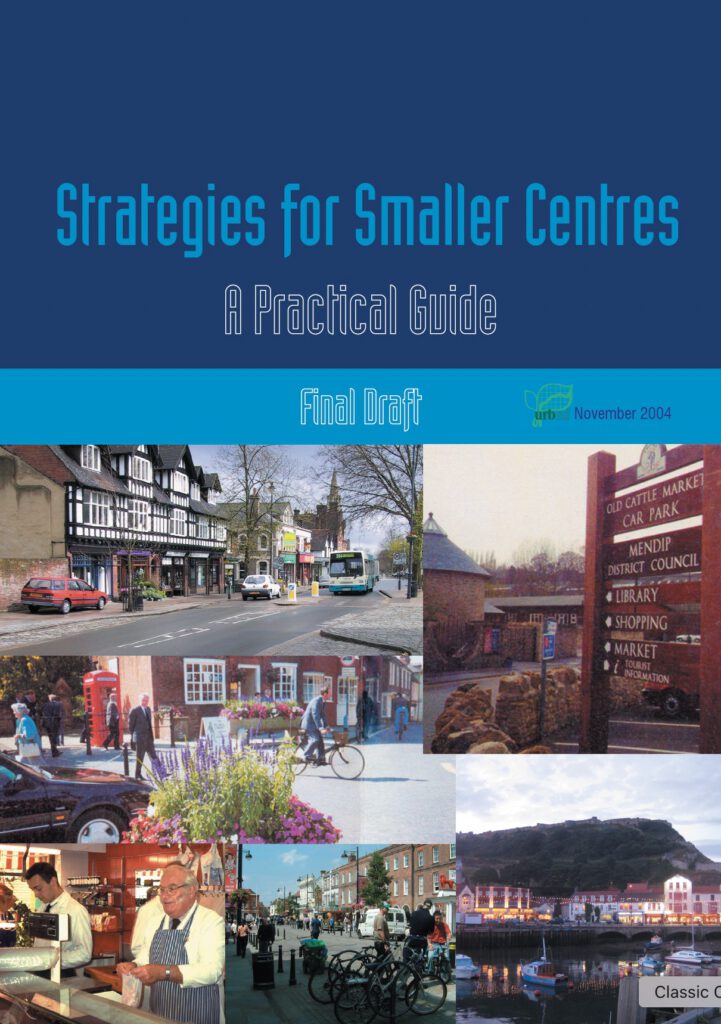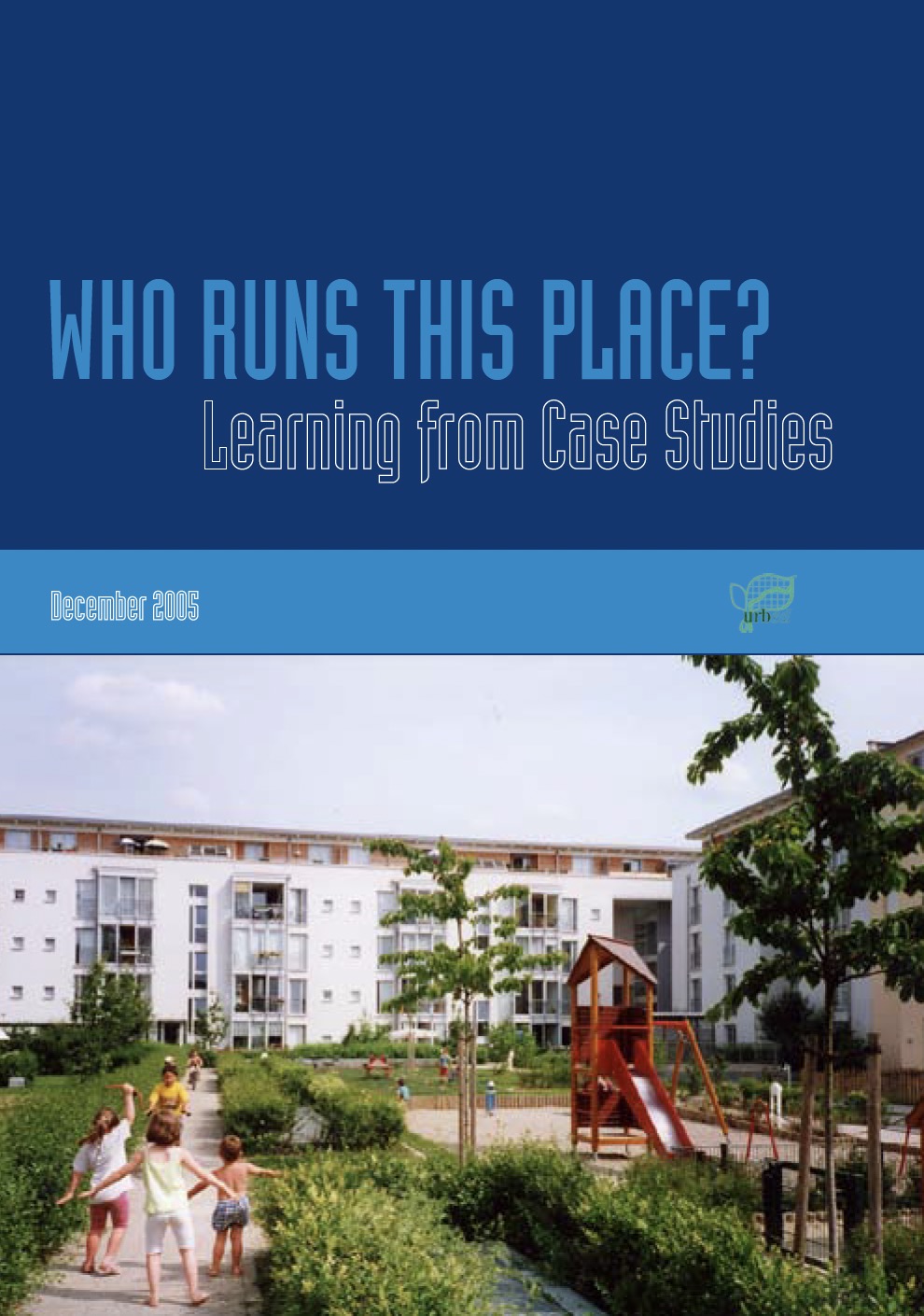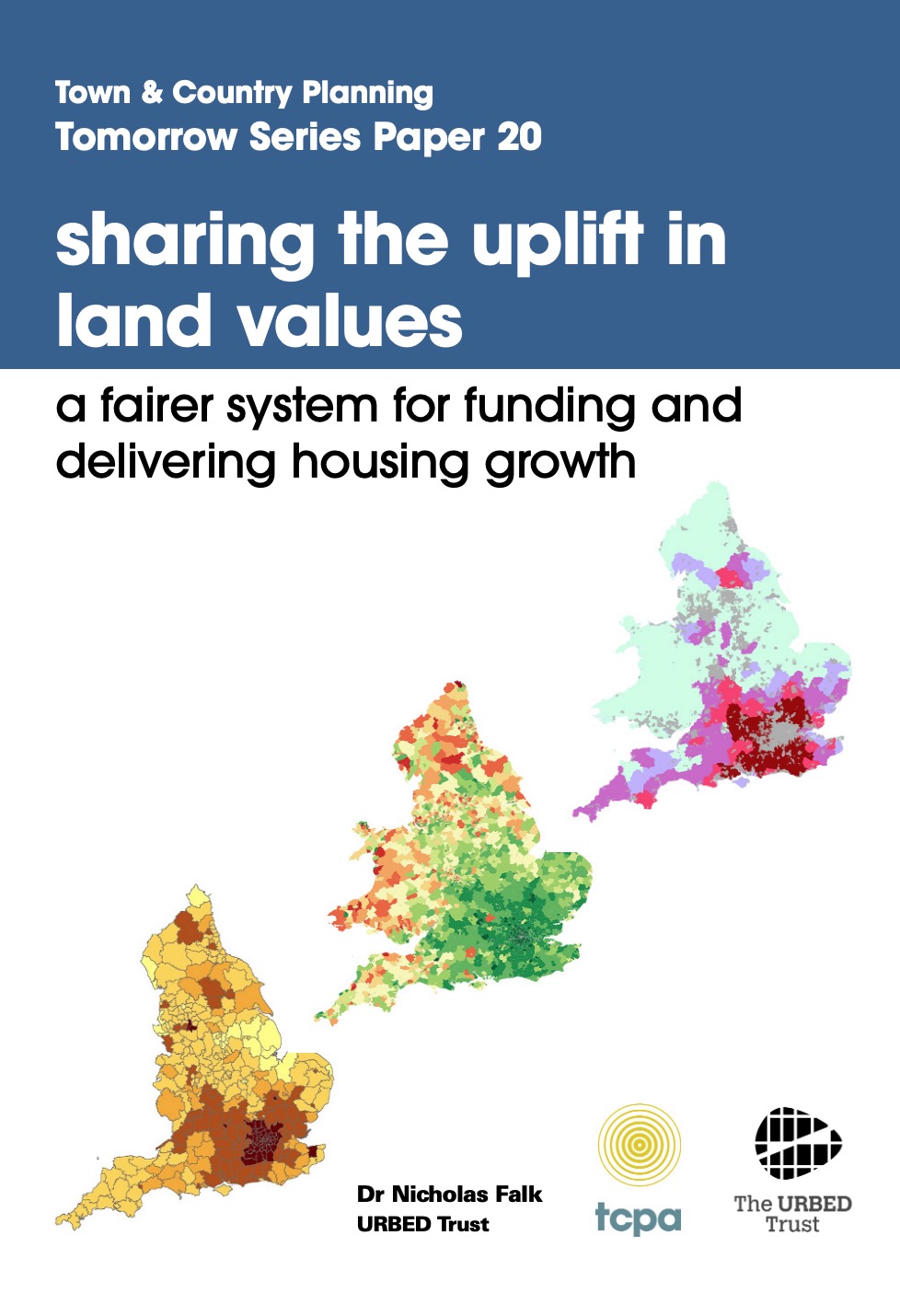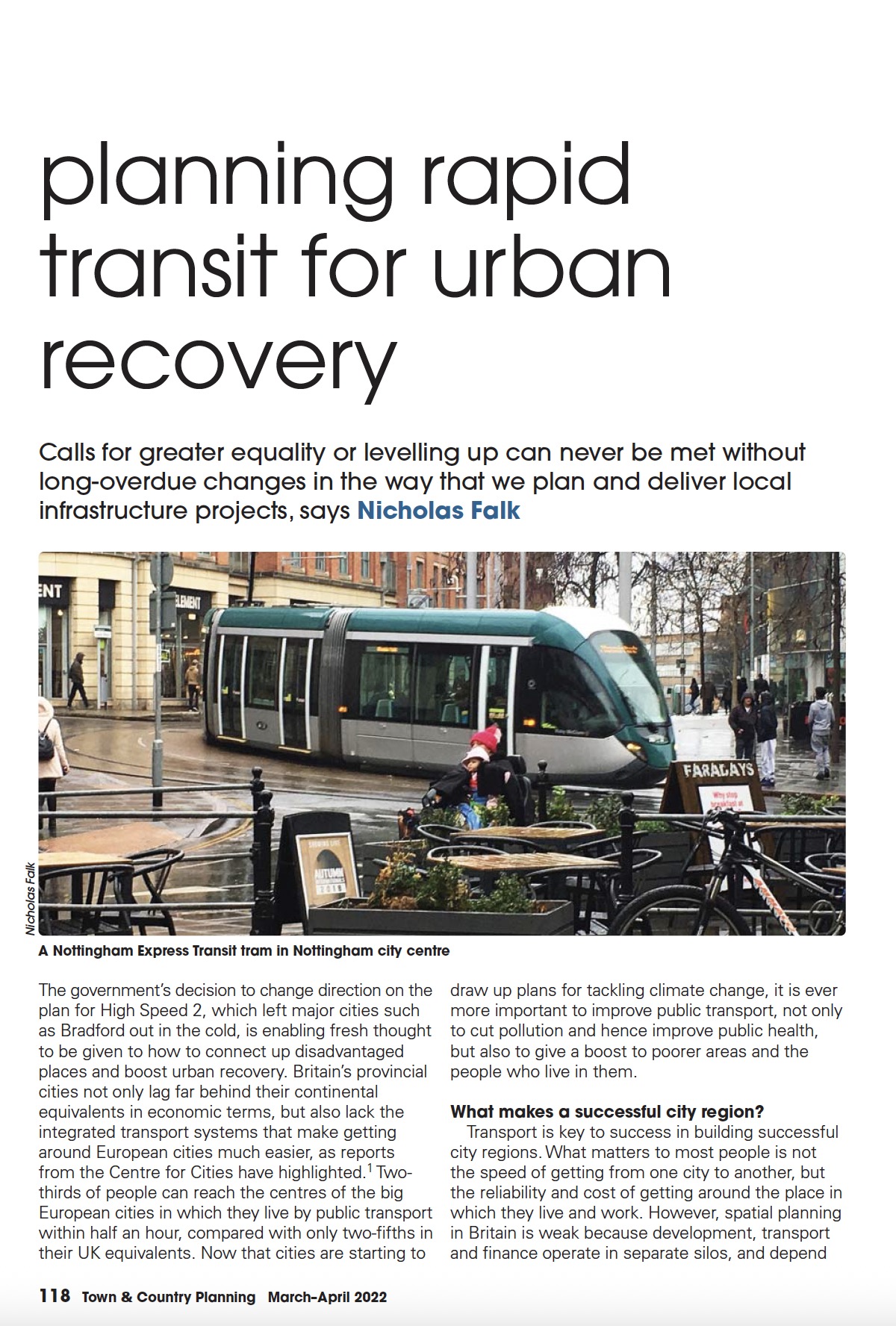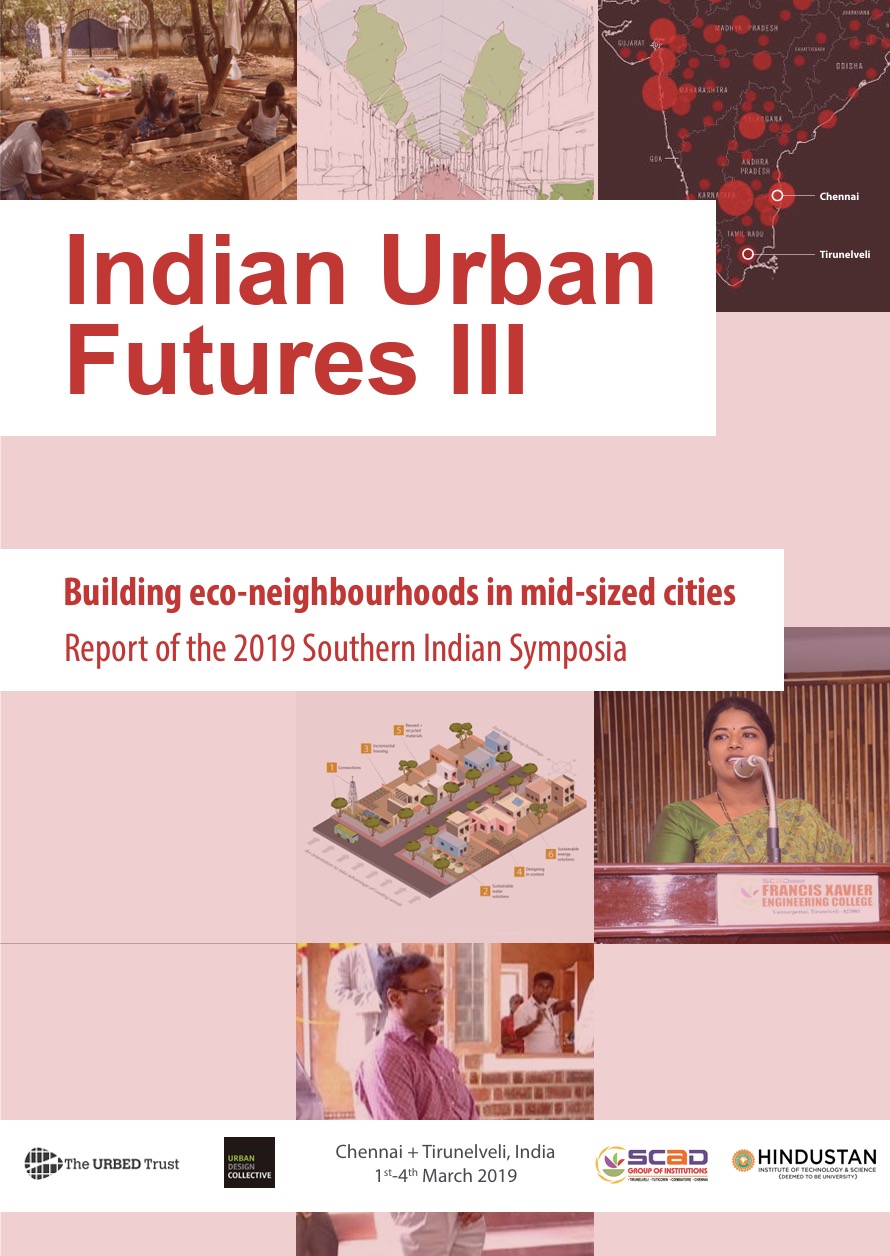A key objective of Government policy is to sustain and enhance the vitality and viability of town centres. However one effect of the success of Planning Policy Guidance Note 6 (PPG6) has been the concentration of new investment and public services into larger centres, and the top 200 centres now attract over 75 per cent of non-food sales, compared with 50 per cent 20 years ago. At the same time out-of-centre retail parks and superstores have eaten into the markets once catered for by independent shops. While there is evidence of an urban renaissance in some cities and larger towns, many smaller centres – including small market towns, resorts, former industrial towns, district and local centres – face difficult issues in finding viable new roles and attracting investment.
This guidance, which supports PPS6, deals with:
a) the value of developing strategies for smaller centres as an essential part of planning for their future vitality and viability;
b) processes involved in developing strategies; and
c) some practical approaches and examples towards the development of Area Action Plans.

